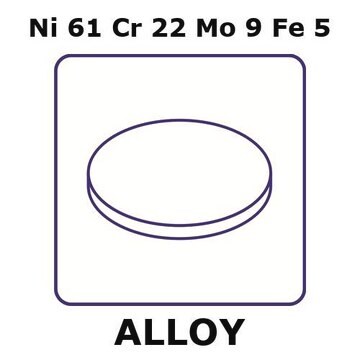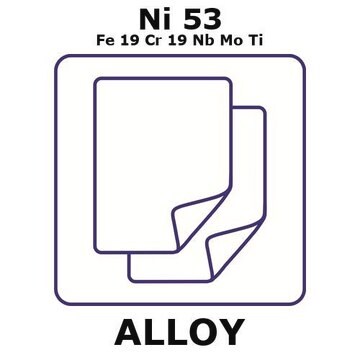GF28341840
Beryllium
wire reel, 0.05m, diameter 0.5mm, annealed and clean, 99%
Synonym(s):
Beryllium, BE005125, Glucinium
About This Item
Recommended Products
Assay
99%
form
wire
autoignition temp.
1198 °F
manufacturer/tradename
Goodfellow 283-418-40
resistivity
4.46 μΩ-cm, 20°C
L × diam.
0.05 m × 0.5 mm
bp
2970 °C (lit.)
mp
1278 °C (lit.)
density
1.85 g/mL at 25 °C (lit.)
SMILES string
[Be]
InChI
1S/Be
InChI key
ATBAMAFKBVZNFJ-UHFFFAOYSA-N
Looking for similar products? Visit Product Comparison Guide
General description
Legal Information
Signal Word
Danger
Hazard Statements
Precautionary Statements
Hazard Classifications
Acute Tox. 3 Oral - Carc. 1B - Eye Irrit. 2 - Skin Irrit. 2 - Skin Sens. 1 - STOT RE 1
Storage Class Code
6.1C - Combustible acute toxic Cat.3 / toxic compounds or compounds which causing chronic effects
WGK
WGK 3
Flash Point(F)
Not applicable
Flash Point(C)
Not applicable
Regulatory Listings
Regulatory Listings are mainly provided for chemical products. Only limited information can be provided here for non-chemical products. No entry means none of the components are listed. It is the user’s obligation to ensure the safe and legal use of the product.
PRTR
Specified Class I Designated Chemical Substances
ISHL Indicated Name
Substances Subject to be Indicated Names
ISHL Notified Names
Substances Subject to be Notified Names
JAN Code
GF28341840-1EA:
Choose from one of the most recent versions:
Certificates of Analysis (COA)
Sorry, we don't have COAs for this product available online at this time.
If you need assistance, please contact Customer Support.
Already Own This Product?
Find documentation for the products that you have recently purchased in the Document Library.
Our team of scientists has experience in all areas of research including Life Science, Material Science, Chemical Synthesis, Chromatography, Analytical and many others.
Contact Technical Service






